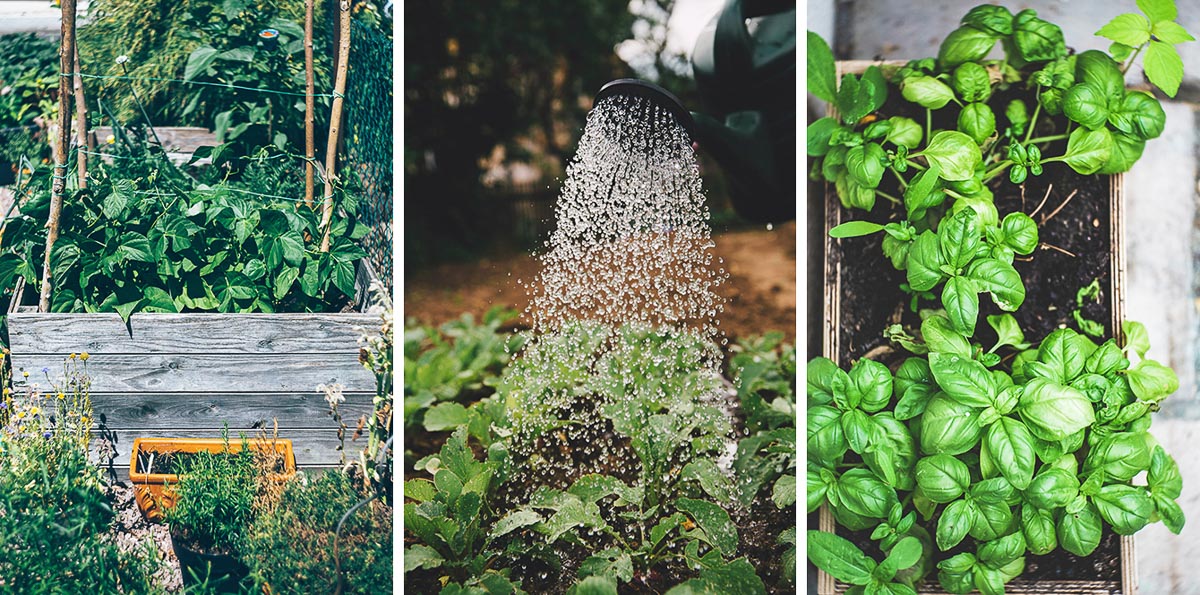Everything about City Blooming
Everything about City Blooming
Blog Article
A Biased View of City Blooming
Table of ContentsSome Known Factual Statements About City Blooming About City BloomingThe City Blooming DiariesEverything about City BloomingCity Blooming - Truths
Intrigued in growing food for sale in the City of Chicago? Below is a listing of often asked inquiries concerning the guidelines and regulations that growers need to think about when preparing a metropolitan agriculture project.
The zoning modification does not customize any various other codes handling composting, building permits, purchasing or leasing City had residential or commercial property, organization licenses or environmental contamination. There are existing codes that regulate these problems and they stay completely impact and might be relevant to your job. Neighborhood yards are typically had or managed by public entities, public companies or community-based companies and maintained by volunteers.
Urban farms grow food that is intended to be sold, either on a not-for-profit or for-profit basis. Because of their business objective, metropolitan ranches require a company license. Yes. A neighborhood garden is enabled to market excess create that was expanded on site if the sales are accessory or subservient to the garden's main purpose explained above.
Some Known Factual Statements About City Blooming
Composting is allowed but just for plant material that is created and used on site. The quantity of garden compost material can not go beyond 25 cubic backyards at any type of offered time according to the requirements in 7-28-715 of the City's Municipal Code. Yes. Because the dirt at many brand-new yard sites requires modifying, compost, soil, wood chips, or various other products can be obtained to construct or boost the growing room - home and garden.

If a structure permit is needed after that the hoophouse will be considered an accessory building. You can discover even more about the structure authorization demands by speaking to the Department of Buildings. The 25,000-square-foot size restriction is meant to stop a single neighborhood garden from controling a provided block or interfering with the block's existing property or business personality.
The limitation does not relate to yards found in Public Open Area (POS) areas. Can there be greater than one community garden that is 25,000 square feet on a solitary block? Yes. The dimension restriction puts on individual gardens, not to specific blocks. No. Fencing is not needed, nevertheless, gardens that have large parking lot may be required to install fence or other landscape design features.
City Blooming Can Be Fun For Anyone
B1 & B2 districts require that all industrial usage tasks be conducted inside. Is fence needed for urban ranches? Fences might be called for, along with landscaping and screening, for particular parking locations and outdoor job or storage space locations depending on location and the specific activity taking location.
Yes. Urban farms require structure licenses and zoning approvals before building and construction. Various other forms of city review might be needed depending upon certain structures, tasks, size, landscaping, licensing, public heath and stormwater management problems. Most of these requirements are navigate to this site recognized in the project style or permitting procedure, however, the candidate might be responsible to separately determine certain licenses or permits that may be needed.
Yes. The sort of license is determined by what is happening at the site. The Department of Service Affairs and Consumer Protection can assist establish the particular kind of company permit that's required. Yes. Off road vehicle parking is required for many business projects in Chicago. The called for number of parking spaces is based on the variety of employees working with site and not the square video footage of the growing area.
Some Ideas on City Blooming You Should Know

Yes. A metropolitan ranch can market compost material generated on website, nonetheless, the procedure has to adhere to the guidelines in 7-28-715 of the Chicago Municipal Code. Yes. Aquaponic systems are enabled indoors on urban ranches in many zoning districts. A zoning testimonial and building permit is required in order to set up structures or systems and a company certificate is called for as explained over.
Approximately 5 hives or nests of honey may be maintained as an accessory use. Beekeepers have to sign up with the Illinois Department of Agriculture. For even more information concerning the suggested zoning change you may call the Division of Real Estate and Economic Development, Bureau of Planning and Zoning at 312.744.8563.
Farming in cities and urban locations A metropolitan farm in Chicago. Urban farming refers to various techniques of cultivating. https://city-blooming-46604195.hubspotpagebuilder.com/blog/city-gardening-cultivating-green-spaces-in-urban-areas, processing, and dispersing food in urban areas. The term additionally relates to the location tasks of animal husbandry, aquaculture, beekeeping, and cultivation in a metropolitan context. Urban agriculture is identified from peri-urban farming, which happens in rural locations at the side of residential areas.
The Ultimate Guide To City Blooming
, who look for to create social networks established on a common principles of nature and community holism. These networks can develop by means of official institutional support, becoming integrated right into local town planning as a "change town" movement for lasting urban advancement.
In either case, the a lot more straight access to fresh veggie, fruit, and meat products that might be understood through city farming can improve food safety and food security while reducing food miles, causing reduced greenhouse gas emissions, thus adding to climate adjustment mitigation. Several of the initial evidence of metropolitan agriculture comes from Mesopotamia.
Report this page